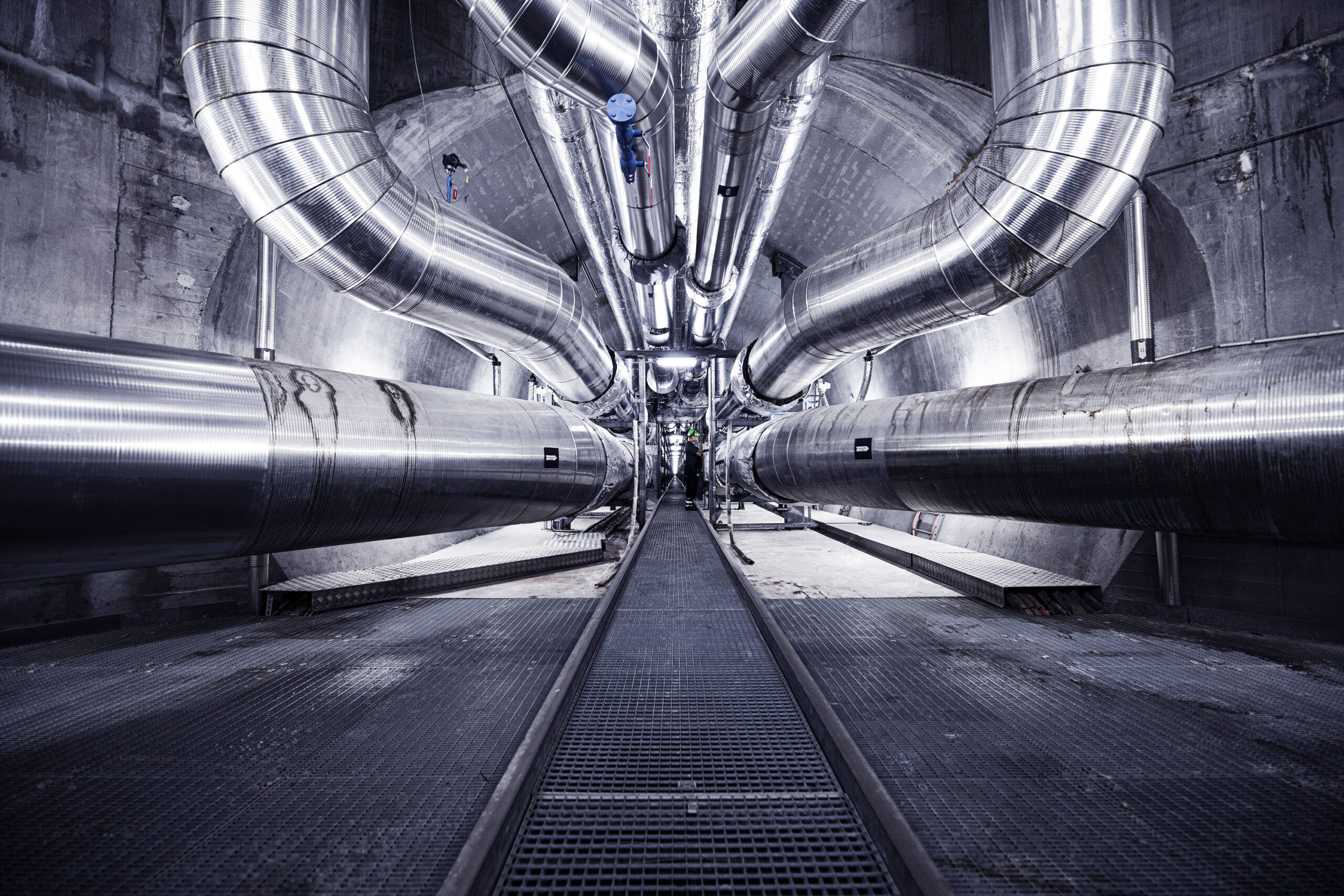Download our publication on district energy
Discover our white paper on district energy – the backbone of a flexible, resilient and efficient energy system.
Explore the publicationPerspective
District heating
Digitalisation
District cooling
+3



Discover our white paper on district energy – the backbone of a flexible, resilient and efficient energy system.
Explore the publicationGrowing demand ahead
According to Euroheat & Power, Europe is home to approximately 19,000 district heating systems with a combined trench length of 200,000 km and an installed capacity of 300,000 MW, covering 13 percent of Europe’s heat demand.
District heating is poised for expansion, driven by market forces and regulations like the Energy Efficiency Directive, which mandates heating and cooling plans, the Energy Performance of Buildings Directive, and the ETS, which will introduce a carbon price on fossil fuels used in buildings from 2027. Additionally, national heat legislation in countries like Germany and the Netherlands is propelling the development forward.
Euroheat & Power projects that approximately 8 million more European households will be connected to district heating by 2030, in line with national climate and energy objectives.
Greener, more efficient and cooler
The share of renewable energy in district heating, currently at 40 percent, is set to grow as fossil fuels are phased out. Large heat pumps, fuelled by renewable electricity, are key drivers, along with increased integration of geothermal energy, which currently accounts for 3 percent of the mix. Solar thermal energy, though modest in its current contribution, is also expected to expand as more projects take shape across Europe.
Waste heat, which presently makes up less than 10 percent of district energy, is another area of growth. Euroheat & Power identifies sewage water, industry, data centres, electrolysis, and food retail as the sources with the greatest immediate potential to increase the share of waste heat in district systems.
The potential for thermal storage is expanding rapidly, in response to the increasing need for energy storage driven by renewable energy integration. Thermal storage offers a technologically viable and economically sound alternative to gas and electricity storage, providing flexibility for both short- and long-term storage solutions.
The development of 4th generation district heating lowers water temperatures, improving energy efficiency and enabling greater use of waste heat and storage. These efficient, low-temperature systems will play an important role in future district energy networks, both new and retrofitted, requiring advanced monitoring and optimisation. Digital tools will increasingly be used to optimise performance and ensure reliability.
Cooling currently accounts for around 20 percent of global electricity demand, according to the International Energy Agency. The demand for cooling is expected to grow, particularly in warmer countries, as the effects of climate change, populations, and incomes increase. District cooling systems, which operate on the same principles as district heating, are becoming an attractive alternative to individual cooling solutions. They provide higher energy efficiency, save valuable urban space, and simplify the operation of cooling systems.

The use of district heating varies widely across countries due to factors such as climate, urban density and energy resources available. However, differences in regulatory frameworks, building traditions and energy policies are the main reason behind variations in the uptake of district heating. This is why the regulatory developments currently happening at both the EU and national levels will be crucial for the future of district heating.

The current energy crisis has provided new impetus to accelerate the transformation of the heat sector. Alongside necessary measures to address the short-and medium-term impact of the crisis, many European countries have developed longer-term strategies to accelerate their heat transition, featuring a renewed interest in developing district heating and cooling systems. This is vital to the green transition: According to a study by Aalborg University, district heating networks should supply 48 percent of the EU’s heat demand by 2050, to stay on track with the objectives set by the Paris Agreement.
solutions
Combined heat and power production
+6
solutions
Energy efficiency in buildings
+2